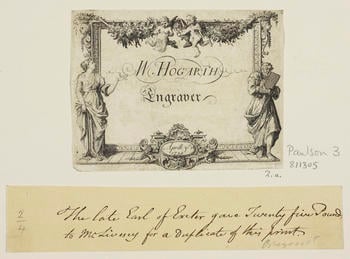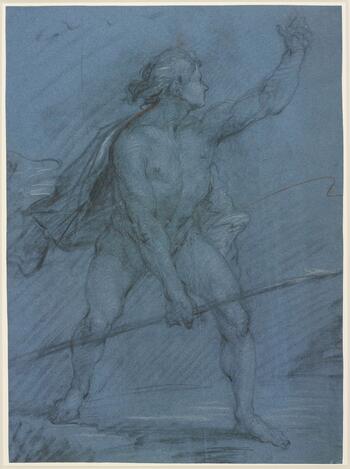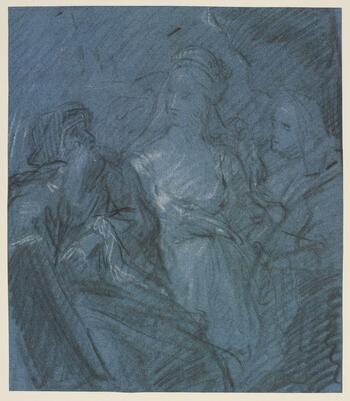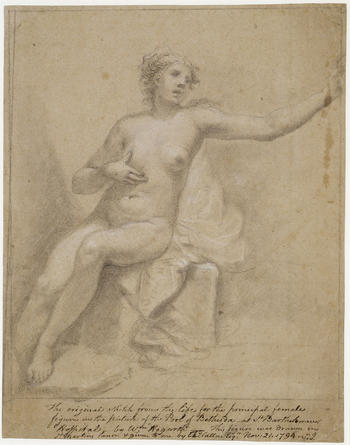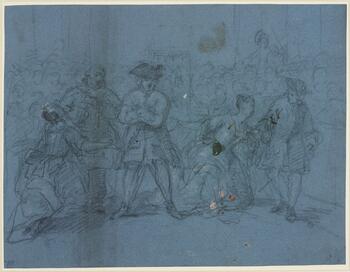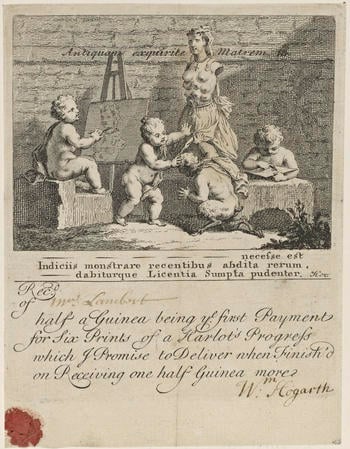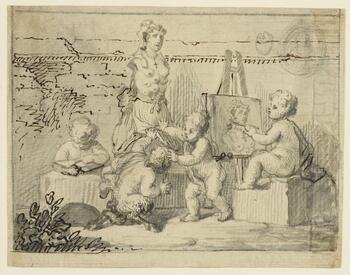
William Hogarth and Graphic Art
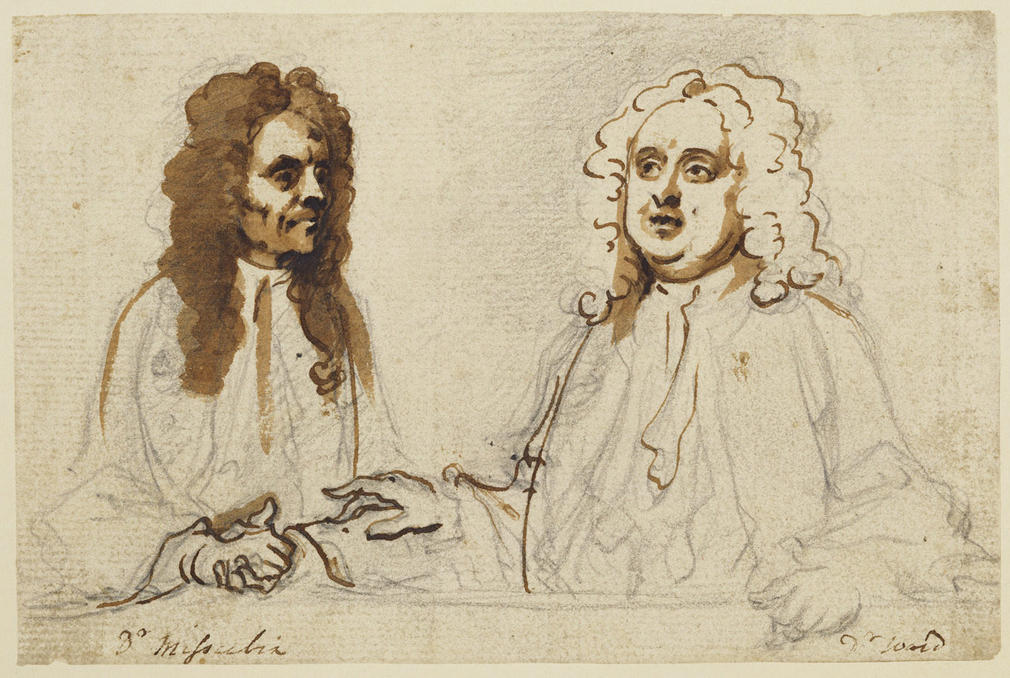
Dr Misaubin and Dr Ward ©
William Hogarth (1697 – 1764) was six months into his apprenticeship with Ellis Gamble, a London silversmith, when George I inherited the throne. Six years later, he set up as an independent copper-plate engraver, undertaking small commissions such as shop cards and book illustrations. During the early Georgian era he achieved great success, becoming not only a prominent artist, but also a writer on art and a noted philanthropist. His rise was almost entirely independent of the new royal family, which provided him with little patronage or support.
Hogarth’s greatest achievement was in the field of printmaking. Here he developed a new means of commenting on society, the ‘modern moral subject’. These prints edified through the actions of their characters, who Hogarth likened to the actors in a ‘dumb show’. His first such series, the Harlot’s Progress, was so popular that it was widely copied. Hogarth’s work paved the way for the satirical print boom of the late eighteenth century.
Attributed to William Hogarth (1697-1764)
Impression from a tankard belonging to Clare Market Artists' Club.
William Hogarth (1697-1764)
Hogarth's trade card
William Hogarth (1697-1764)
A male nude holding a spear
William Hogarth (1697-1764)
Three figures
William Hogarth (1697-1764)
A female nude
William Hogarth (1697-1764)
Dr Misaubin and Dr Ward
William Hogarth (1697-1764)
Two pairs of figures
William Hogarth (1697-1764)
Scene in the Beggar's Opera
William Hogarth (1697-1764)
Falstaff examining his recruits
William Hogarth (1697-1764)
Boys Peeping at Nature.
William Hogarth (1697-1764)

